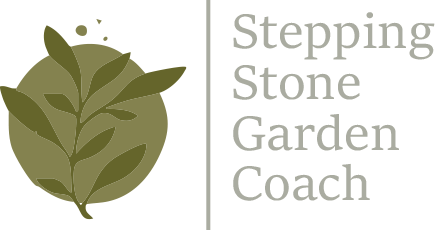So, you’ve decided to start a garden in Central Florida. Bold choice! Gardening here is a little different from the rest of the country—think less “relaxing hobby” and more “tropical boot camp.” But don’t worry; with the right tips and a bit of patience (okay, maybe a lot), you’ll be outsmarting the climate in no time. Here’s a quick guide to get you growing.
Layout: Where to Stick Your Plants
First things first: location, location, location! Central Florida’s weather has a mind of its own, so choosing the right spot for your garden is key. If you’re growing veggies, make sure they get a good 6-8 hours of sunlight—just don’t bake them to a crisp. Partial shade can be your friend, especially during those scorching summer months.
Tip: Raised beds are lifesavers in Central Florida. They help with drainage (so you don’t end up with a garden pond) and give you a little more control over the soil. Plus, they look fancy. Win-win!
Sunlight: When “Full Sun” Turns to “Sunburn”
Central Florida’s sun isn’t messing around. That “full sun” label on the seed packet? Here, it translates to “potential plant fry zone.” Plants like tomatoes, peppers, and other sun-lovers can handle it—but even they appreciate a little break from the heat now and then.
Tip: Use taller plants or a bit of shade cloth to create a “sunblock zone” for more delicate plants. Or go native! Florida natives have been dealing with this sun for a while and usually have a “bring it on” attitude.
Timing: Planting Seasons (Yes, Plural!)
Forget the “one-and-done” planting season you might be used to. In Central Florida, we get two main seasons: fall and spring. The cooler fall months are perfect for greens like lettuce and peas, while spring is great for tomatoes, beans, and other warm-weather crops.
Tip: Summer is a bit of a free-for-all. Stick with heat-tolerant champs like okra and sweet potatoes, or consider giving your garden a little vacation during peak heat. (Hey, everyone deserves a break.)
Soil: What’s Beneath Your Feet (Or Isn’t)
Here’s the thing: Central Florida soil is often more sandcastle than garden bed. If your garden looks like a beach, you’ll need to give it some love (a.k.a. compost, and lots of it) to make it plant-friendly.
Tip: Think of compost as the multivitamin for your soil. It’ll help sandy soil hold water better and give your plants the nutrients they’re craving. Toss in some mulch on top to keep that moisture locked in—it’s like giving your garden a cozy blanket.
Watering: When and How to Avoid “The Swamp”
Watering a garden in Central Florida can feel like a guessing game. Between the summer downpours and random dry spells, your plants could be in a drought one day and floating the next.
Tip: Water early in the morning so plants have time to drink up before the sun goes full blast. And stick to watering the roots, not the leaves—no need to start a fungal fiesta! If you really want to get fancy, invest in a drip irrigation system. It’s efficient, precise, and makes you look like a gardening pro.
Pests & Problems: Embrace the Chaos
Gardening in Central Florida wouldn’t be complete without some pests and a handful of issues you didn’t sign up for. Bugs, weeds, critters—you name it, it’s probably plotting against your plants.
Tip: Keep an eye out for unwanted guests and take action fast. Neem oil works wonders on bugs, mulch helps keep weeds down, and a simple fence can keep critters at bay. Think of it as “gardening with a little extra drama.”
Wrapping Up: Enjoy the Adventure
Gardening in Central Florida is a wild ride, but that’s part of the fun, right? With a little planning and some clever tricks, you’ll be ready to grow like a local in no time. Just remember: patience, humor, and a whole lot of compost will get you through almost anything. Happy gardening!

